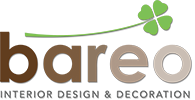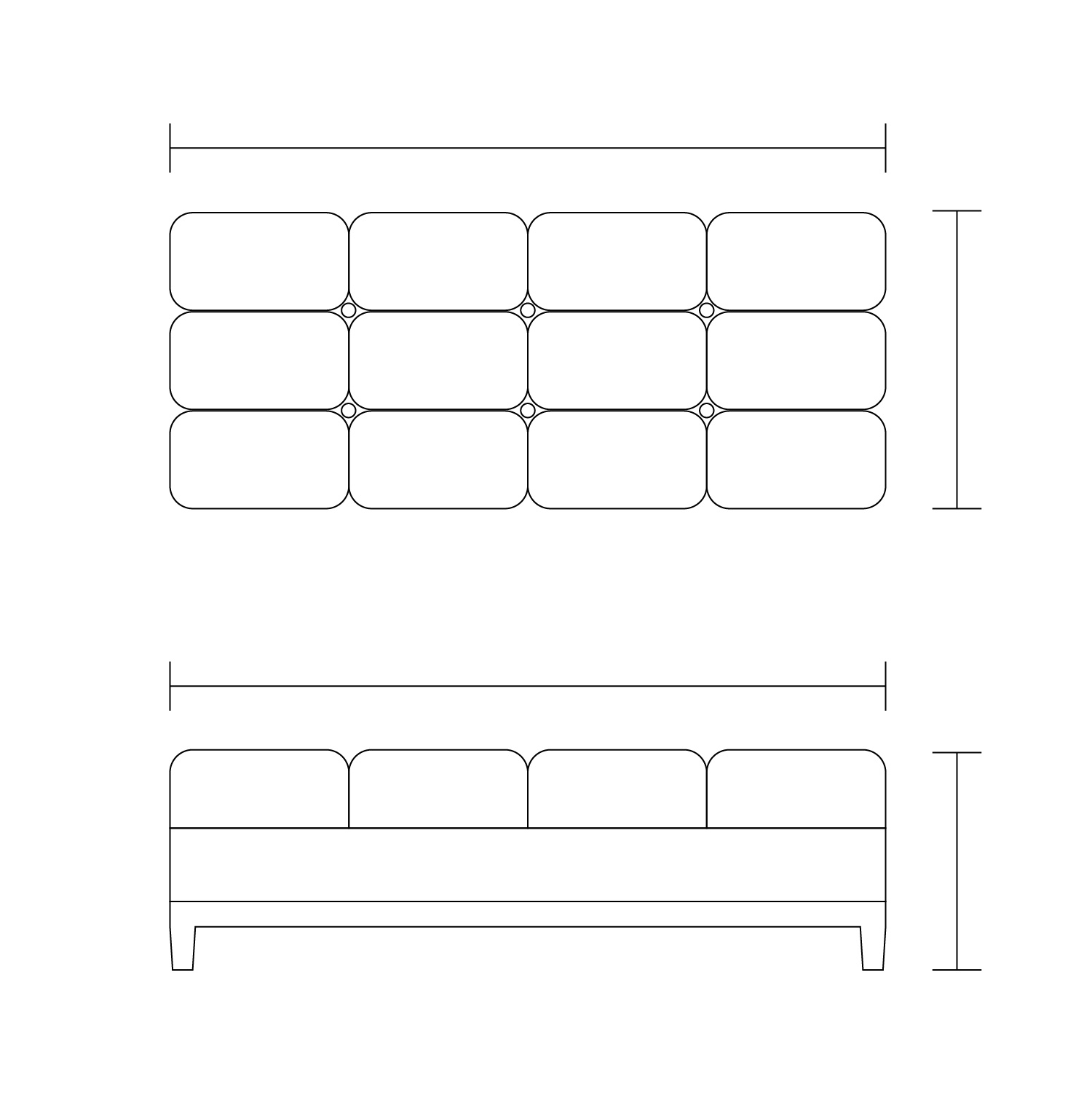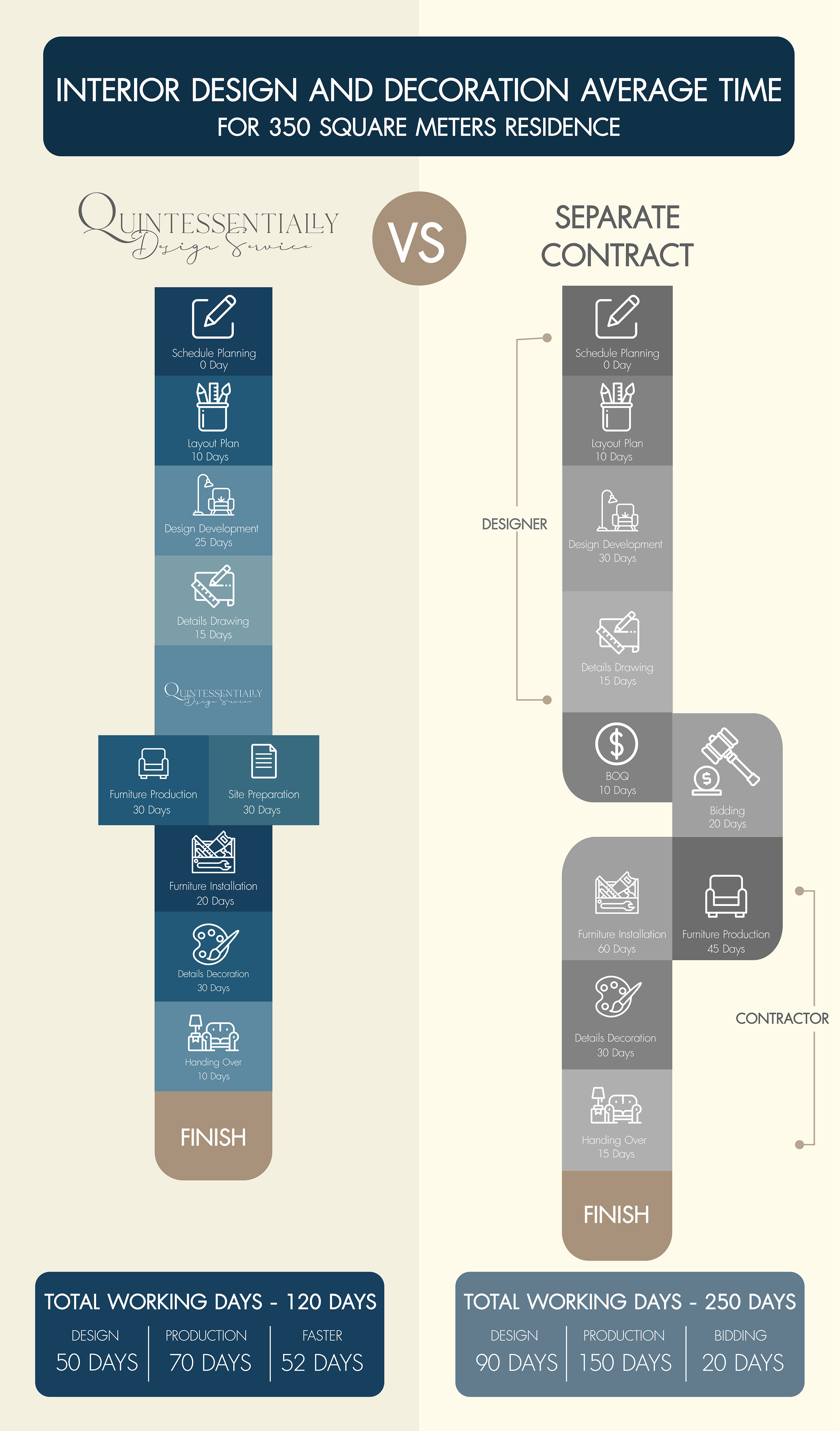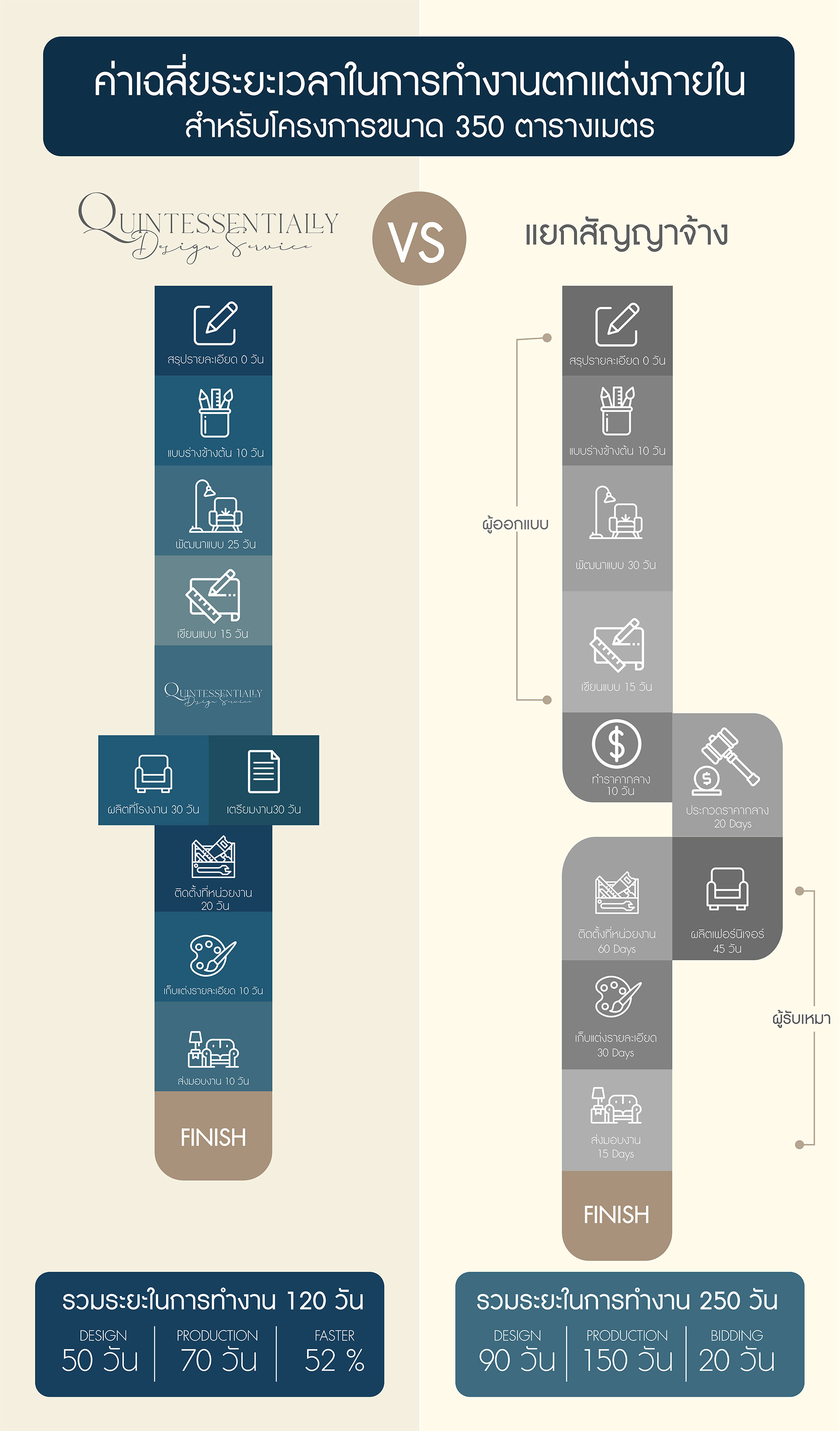
Lighting in Interior Design
| EN | TH |
Introduction
In this article, we will introduce you to the lighting used in interior design. It will mainly focus on color temperature and illuminance suitable for every room. As you read this, you will understand how light intensity is chosen for different spaces.
More than a century ago, inventors had started working on an idea that would have a dramatically bright impact on the world; the light bulb. However, you cannot credit a singular person for the entire invention since a lot of people worked on the idea before the final result could be achieved.
The first light bulb in the world was invented by Sir Joseph Swan, a British physicist but his idea was further developed by the American, Thomas Edison, who patented it in 1879. Now, electric light bulbs are commonplace and a part of every household. In fact, it goes much beyond just having light to illuminate your home. Different lighting systems are used to enhance and improve the appearance and quality of life in a home.

Credit : Ryan Searle on Unsplash
Most modern homes have two lighting systems:
๐ The main lighting system is the one which provides enough light for us to perform various activities.
๐ The secondary lighting system is more focused on decoration than function. It is meant for decorative purposes and aims to create a beautiful atmosphere in any space.
As you read the article, you will learn more about the main lighting system in more detail. It will explain color temperature as well as the light intensity that is suitable for each room in your house.
Main lighting systems
Each room in your house can serve multiple purposes and this means that you need to have appropriate lighting for each of these. This is why it is best to have three types of lighting for every room. You cannot expect one light source to meet all your needs.
1. Ambient light

Credit : an_vision on Unsplash
It is the key lighting system that illuminates the house during regular activities. This light will light up the whole room uniformly and its purpose is to ensure easy movement and safety in the space. Fixtures that provide such lighting include chandeliers, ceiling-mounted fixtures, LED downlights, floor lamps, etc. For ambient outdoor lighting, you can install spotlights, post lanterns or garage lighting.
2. Task light

Credit : Mateo Fernández on Unsplash
These lights are chosen according to specific activities. Task lighting is meant to illuminate the task that you carry out in a specific space. It could be anything from cooking to writing. You need a brighter light to create a focal point while performing such tasks. However, it is best to avoid harsh lighting or something that creates too many shadows. Installing a separate and easy to access switch for this light is also practical. Fixtures that provide task lighting will include pendant lights, tape and extrusion, downlight, desk lamp, etc.
3. Decorative light

Credit : Patrick Schneider on Unsplash
This lighting system is meant to highlight decor or to provide a certain atmosphere in rooms. Accent lights help in bringing your focus to some point of interest in the room or to create an effect. Such lighting will usually make the room look bigger than it is. Types of fixtures include tape and extrusion, track lights, slimline bar and wall-mounted lights. Decorative lighting is more a part of the secondary lighting system of a house.
Color temperature
Color temperature is used to describe the appearance of light that is provided by a light bulb. The unit to measure this is Kelvin (K) and the scale ranges from 1000 to 10000. Color temperature does not refer to thermal heat and is more of a way of describing how light appears. When the Kelvin value is lower, the light emitted from the bulb is warmer. It will be in shades like yellow or red. When the Kelvin value is high, the light emitted will be in cool tones such as white or blue.

Credit : retrofitcompanies .com
Warm white 3000K: The exposure of this color temperature is between 2700K-3000K. This lighting exudes a soft and relaxing atmosphere. This is why it is usually used in living rooms or bedrooms. Restaurants prefer it as well since the food looks more appetizing under this light.
Cool white 4000K: The exposure of this color temperature is between 4000K-4200K. It gives off a vibrant but cool light. However, it can cause a slight distortion over objects. This is why this light is not the recommended option to be used near dressers or anywhere that women prefer doing their makeup.
Daylight 6500K: The exposure of this color temperature is between 6000K-6500K. It exudes a white light resembling natural daylight. This lighting is suitable for libraries, dressing tables, hospitals, etc.
Choosing suitable lighting for each room in the house
Now let’s talk about the lighting that is suitable for each room separately. The mood you want to set for each room will determine what kind of illuminance you set up there. This guide will help you decide on the light fixtures for all your rooms appropriately.
1. Living room

Credit : The Silvery Forest by Bareo
The main activities carried out in the living room are leisurely gatherings or watching TV. A neutral range works best in this room.
Suitable light : 300-500 lux
Color temperature : 3800-4500K
2. Dining room

Credit : Wabi Sabi ie 侘寂 – 家 Art of Japanese by Bareo
The main activity carried out in this space is dining. Hence the light should be suitable and make the atmosphere inviting for meals.
Suitable light : 200-300 lux
Color temperature : 2400-2700K
3. Kitchen

Credit : The Pure Modern Suite by Bareo
The main activity carried out in this space is cooking. The lighting should allow you to perform the tasks of prepping and preparing food efficiently.
Suitable light : 300 lux for ambient lighting and 500-700 lux for tasks at the countertop
Color temperature : 4000-5000K
4. Bedroom

Credit : The Art of Living by Bareo
Bedrooms are meant for relaxing and resting. The main activities are sleeping or resting so the light should be soothing and warmer. Avoid stimulating white light here.
Suitable light : 300-500 lux
Color temperature : 3700-3800K
5. Bathroom / Toilet

Credit : Private Sanctuary by Bareo
This space is mainly meant for bathing and getting dressed.
Suitable light : 300 lux for ambient lighting and 500-700 lux for tasks at the counter.
Color temperature : 3600-4200K
6. Office

Credit : Energy Absolute PCL : Head Office Renovation by Bareo



































